Walk into any gym and you're likely to spot at least a few serious lifters sporting thick belts tightly strapped around their waists. These weight lifting belts, often associated with powerlifters and bodybuilders, might seem intimidating or unnecessary to beginners. Some swear by them, claiming they help them lift heavier and prevent injuries. Others argue they're overrated or even counterproductive. So, what do weight lifting belts really do? Are they essential gear for heavy lifting, or just an accessory for the ultra-serious? This article breaks down the science, benefits, myths, and practical tips behind weight lifting belts to help you decide if and when to use one.
What Is a Weight Lifting Belt?
A weight lifting belt is a thick, durable strap, usually made of leather or nylon, that wraps around the waist and fastens securely with a buckle or Velcro. Its primary design is to support the lower back and core during heavy lifting movements. There are different types of lifting belts:
- Powerlifting Belts: Generally uniform in width (usually 4 inches) all the way around, designed for maximal support during heavy squats and deadlifts.
- Olympic Weightlifting Belts: Typically taper toward the front, providing more flexibility for dynamic movements like cleans and snatches.
- Nylon Belts: Lighter, more flexible, often used in CrossFit and general fitness settings.
Lifting belts come in various thicknesses (10mm, 13mm) and closure systems (single prong, double prong, lever, Velcro). Each has pros and cons depending on the lifter's needs and experience.
The Science Behind Weight Lifting Belts
The fundamental function of a weight lifting belt is to increase intra-abdominal pressure (IAP). When you brace your core and push your abdominal wall against the belt during a lift, you create a more rigid trunk. This increased pressure stabilizes the spine and reduces the load on the lower back by distributing force more evenly throughout the core.
Here's how it works:
- Spinal Stability: A stiffer trunk reduces spinal flexion and extension under load.
- Injury Prevention: By decreasing spinal compression and shear forces, belts can help prevent lower back injuries.
- Force Transfer: A stable core provides a better base for transferring force from the lower to the upper body, enhancing lifting efficiency.
Studies have shown that belts can increase IAP by up to 40% and may enhance performance in lifts by improving biomechanical efficiency.
Key Benefits of Using a Lifting Belt
Increased Strength Output:
- Wearing a belt can help you lift heavier weights, especially in compound movements like squats and deadlifts.
- Some lifters report a psychological confidence boost, which can translate into better performance.
Lower Injury Risk:
- By stabilizing the spine and encouraging better posture, belts can reduce the risk of strain, particularly in the lower back.
Improved Technique:
- Belts encourage proper breathing and bracing techniques.
- They can act as a tactile cue to engage the core correctly during lifts.
Consistency in Form:
- Especially during maximal or near-maximal attempts, belts help lifters maintain proper posture and movement patterns.
When Should You Use a Weight Lifting Belt?
Belts are not meant to be worn for every exercise or every set. They're most beneficial in specific scenarios:
- Heavy Compound Lifts: Squats, deadlifts, overhead presses, and similar movements.
- High Intensity: When lifting at or above 80-85% of your one-rep max.
- Volume Work: Multiple sets of heavy lifting that challenge spinal stability.
When Not to Use a Belt?
- Warm-up sets or light weights.
- Core-specific training, where natural stabilization is the goal.
- Movements that don't stress the spine heavily (e.g., curls, lateral raises).
Ultimately, belts are tools—not crutches. Overuse can lead to dependency and may limit natural core development.
Common Myths About Lifting Belts
Myth 1: Belts Weaken Your Core
False. When used properly, belts actually encourage better core engagement by teaching you how to brace effectively. They do not inhibit core development when incorporated intelligently into training.
Myth 2: Belts Prevent All Injuries
Also false. While they reduce injury risk, belts are not a magic shield. Poor technique, ego lifting, or skipping warm-ups can still lead to injury.
Myth 3: Everyone Should Wear a Belt
Not true. Beginners are better off learning foundational movements and developing core strength before introducing belts. Not every lifter needs one.
How to Use a Lifting Belt Properly
Positioning: Place the belt around your core, just above the hip bones. It should cover the lower back and the abdomen.
Tightness: It should be snug but not constrict breathing. You should be able to push your core into the belt when bracing.
Bracing Technique: Inhale deeply into your belly, not your chest, and press your abdomen outward against the belt.
Timing: Wear the belt only during your working sets of heavy lifts—not during warm-ups or accessory work.
Should Beginners Use a Lifting Belt?
For most beginners, the focus should be on learning proper form, building a solid strength base, and developing core control. Jumping into using a belt too early can lead to dependency or mask poor movement patterns.
That said, as a beginner progresses and starts lifting heavier loads—especially with compound barbell lifts—it can be helpful to gradually introduce a belt to learn bracing techniques and safely explore higher intensities.
Choosing the Right Belt for You
When selecting a lifting belt, consider:
- Type of Training: Powerlifters may prefer thick, uniform belts with lever buckles. Olympic lifters might opt for contoured belts with more mobility.
- Material: Leather belts offer rigidity and durability. Nylon belts provide comfort and flexibility.
- Thickness and Width: Common choices are 10mm or 13mm thick and 4 inches wide. Thicker belts provide more support but may be less comfortable.
- Closure System: Lever belts are fast to use but less adjustable. Prong belts offer flexibility. Velcro belts are best for lighter, general-purpose lifting.
Always prioritize comfort and fit—an ill-fitting belt can do more harm than good.
Frequently Asked Questions (FAQ)
Q1: Do lifting belts help with squats?
Yes. They help increase core stability and maintain posture during squats, allowing for better performance and reduced injury risk.
Q2: Are lifting belts necessary for deadlifts?
Not mandatory, but they are highly beneficial during heavy deadlifts by providing lumbar support and aiding in bracing.
Q3: Can you wear a lifting belt every day?
You could, but it's not recommended. Reserve it for heavy lifting days. Overuse can limit core muscle engagement during lighter sets.
Q4: What's the difference between a powerlifting belt and a weightlifting belt?
Powerlifting belts are thicker and the same width all around for maximum stability. Weightlifting belts taper in the front for more mobility during Olympic lifts.
Q5: Should I use a lifting belt for overhead presses?
Yes, especially during heavy presses. The belt helps stabilize your trunk and reduce the stress on your lower back.
Conclusion
Weight lifting belts are valuable tools for enhancing performance, supporting the spine, and minimizing injury risk during heavy lifting. But they're not for everyone, and certainly not for every lift. Understanding when and how to use a belt—and just as importantly, when not to—is key to making the most of this accessory.
Whether you're an experienced powerlifter or a fitness enthusiast just beginning your strength journey, using a lifting belt intelligently can take your training to the next level. Just remember: belts are there to support your core, not replace it. Train smart, brace hard, and lift safely.
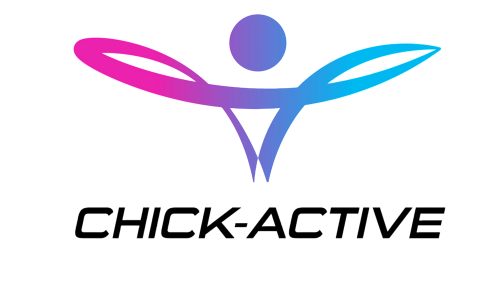
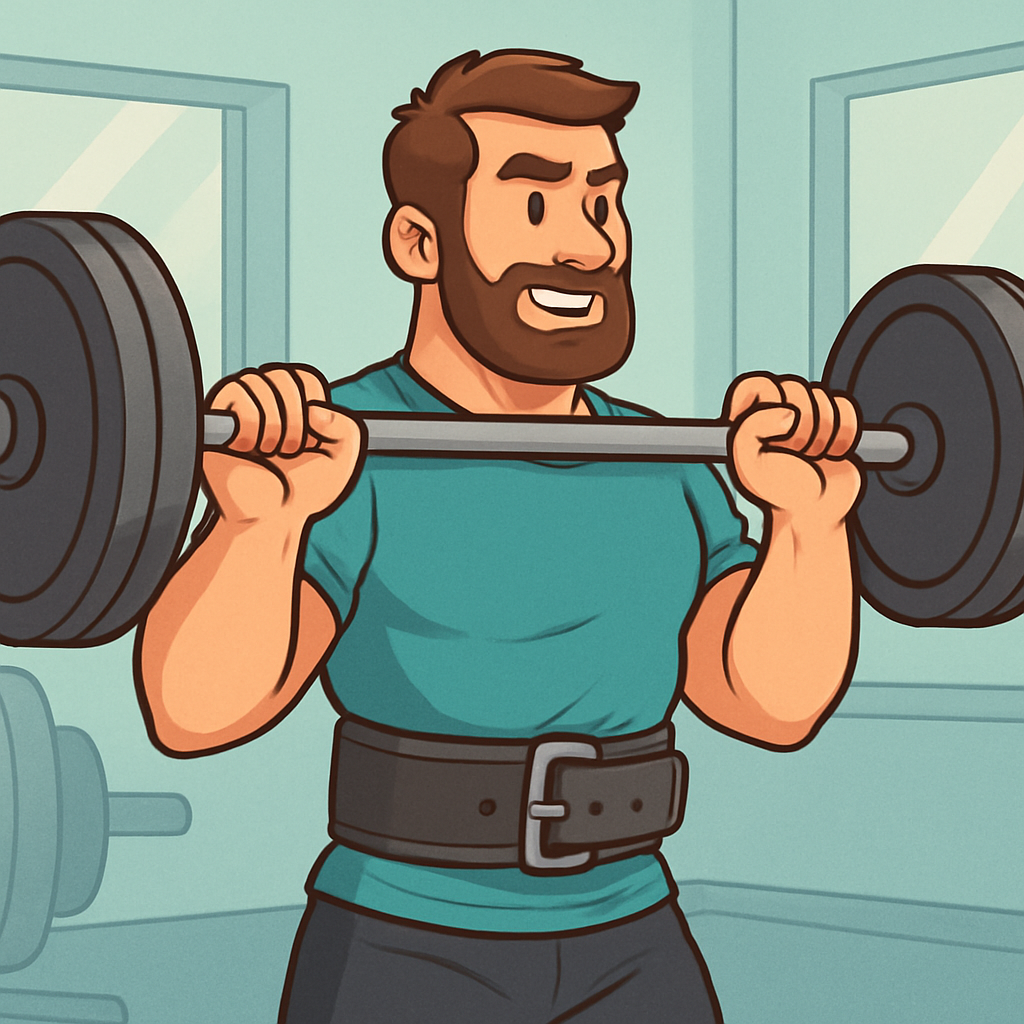
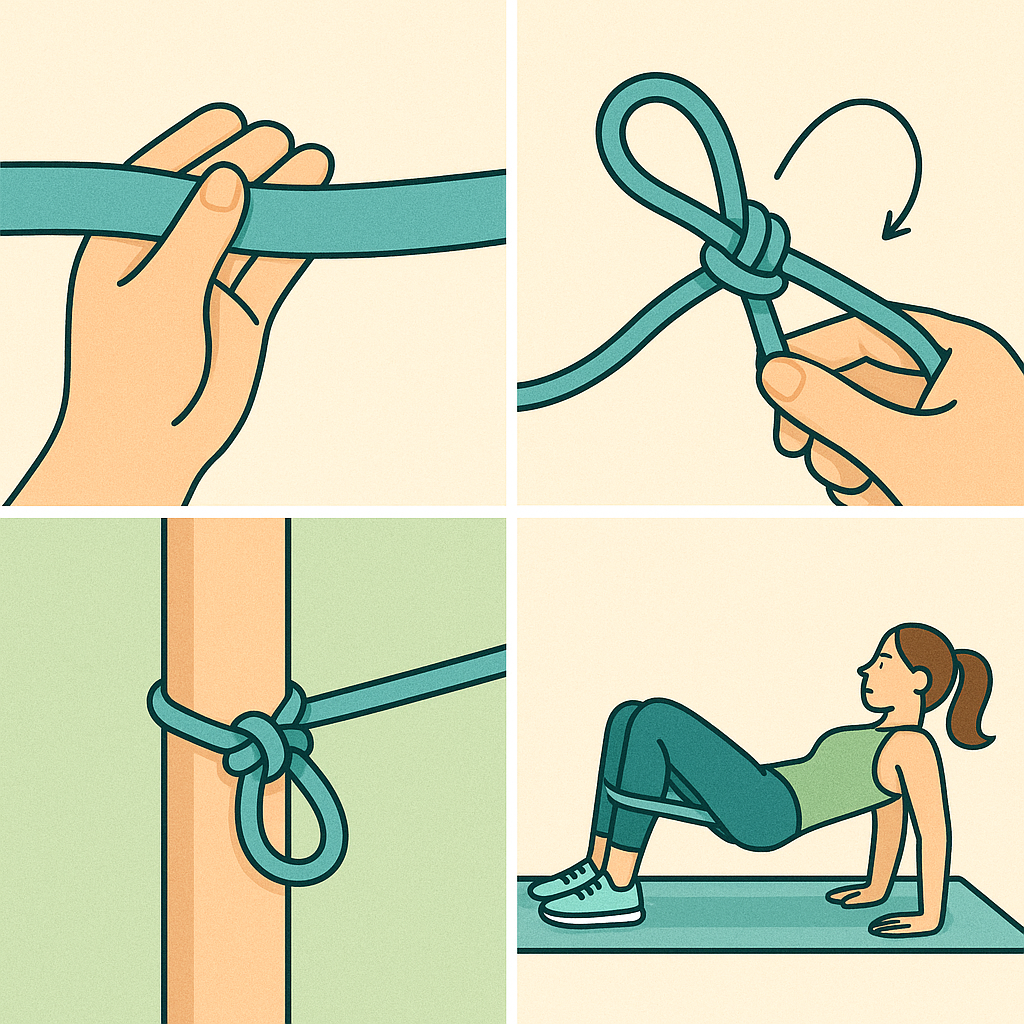
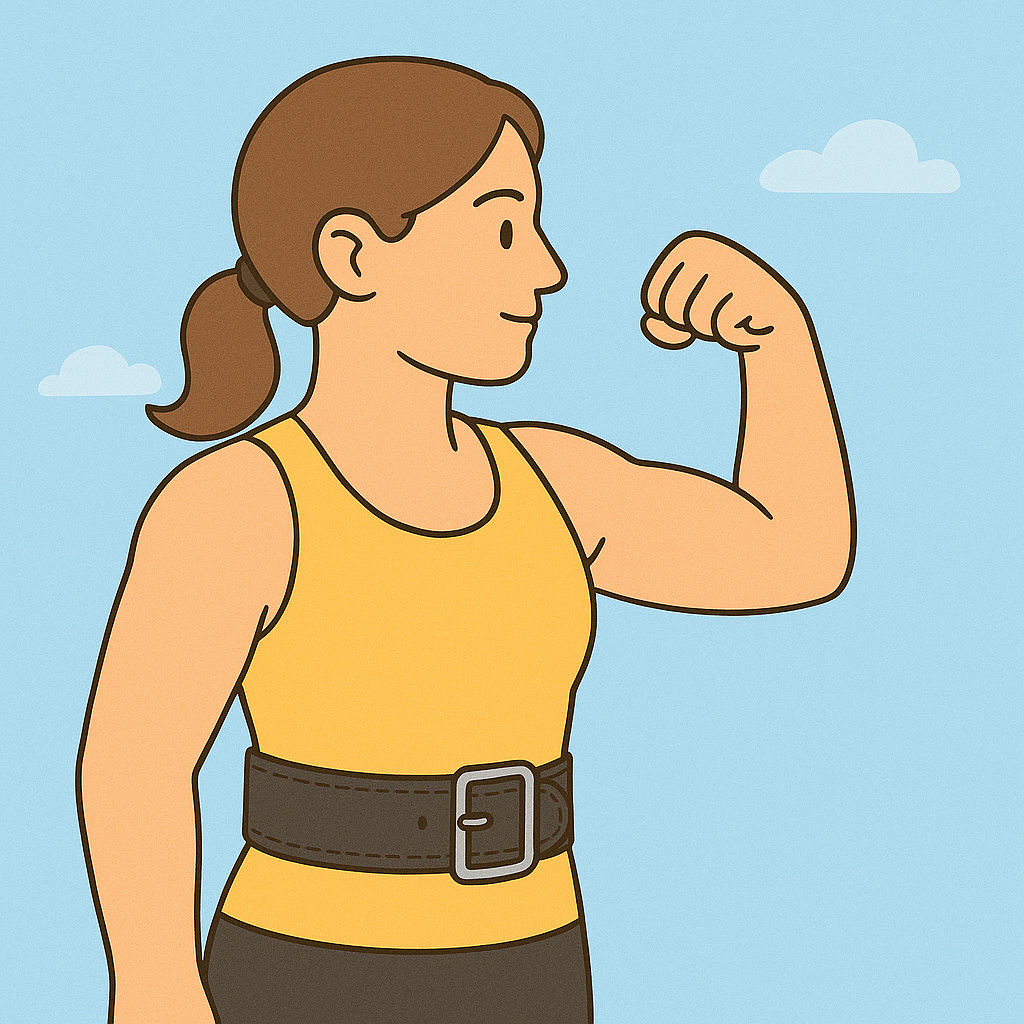
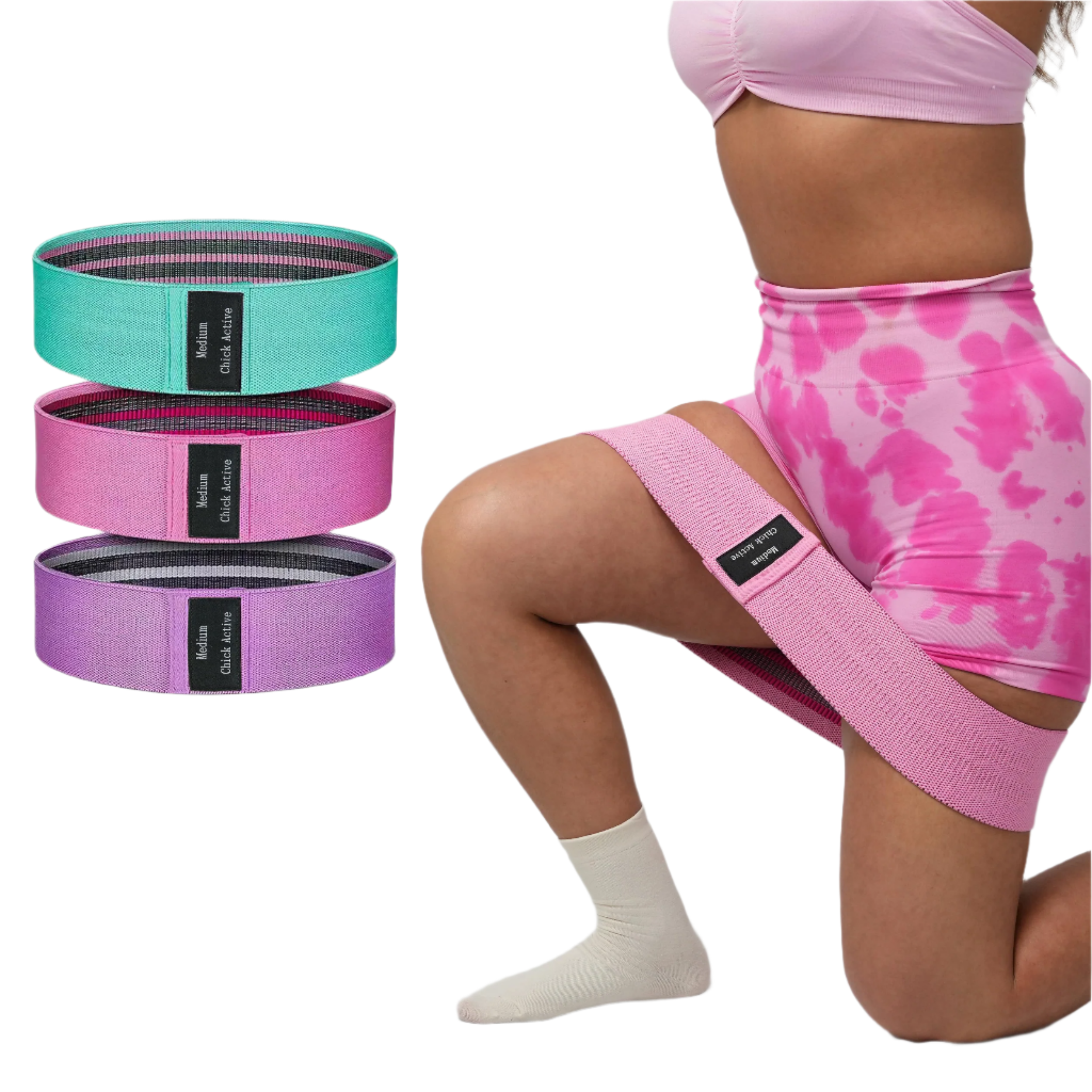
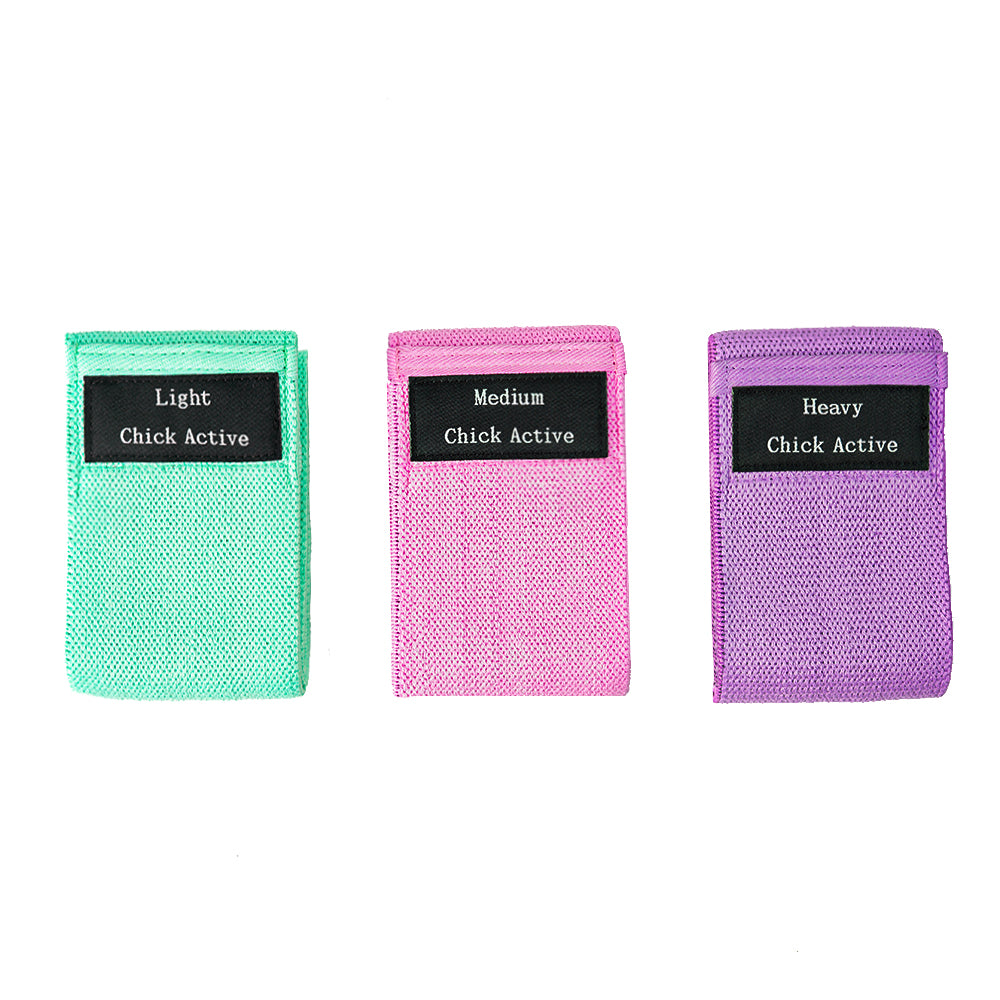
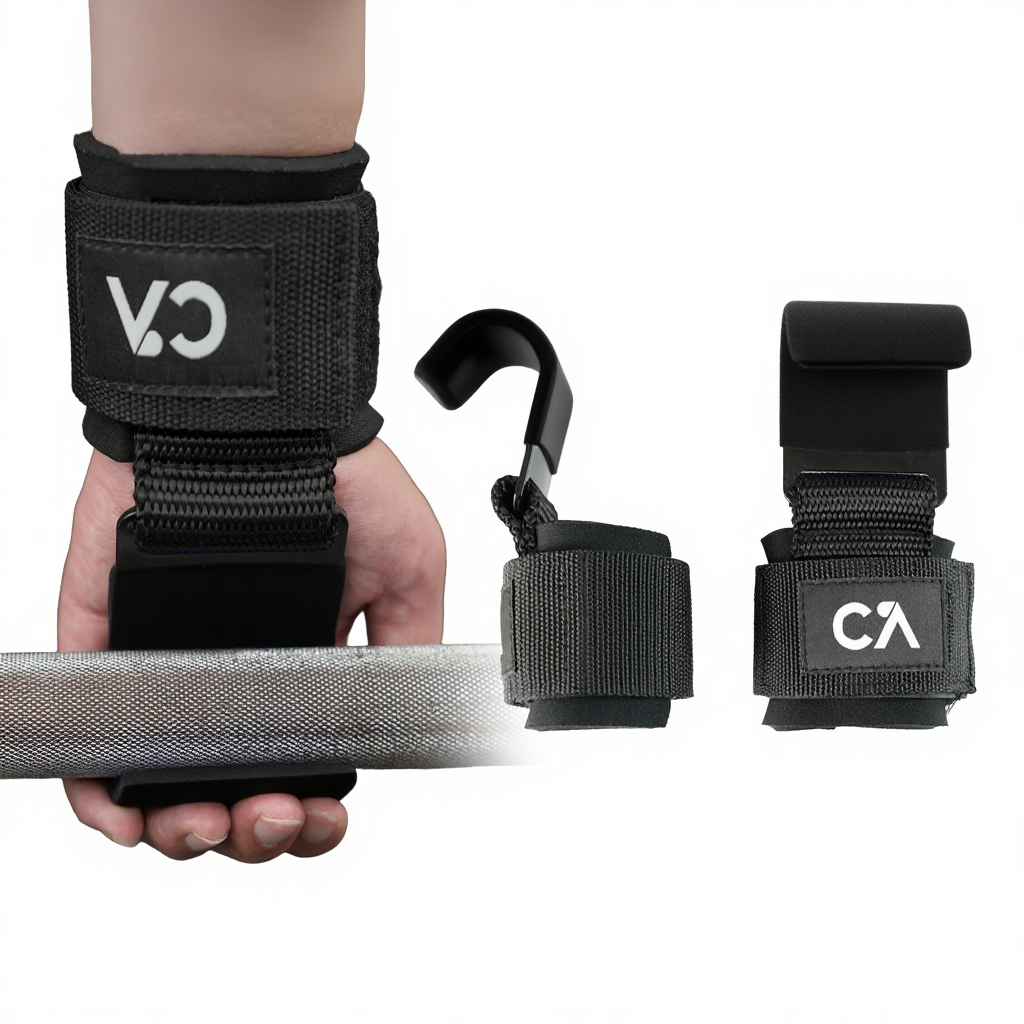
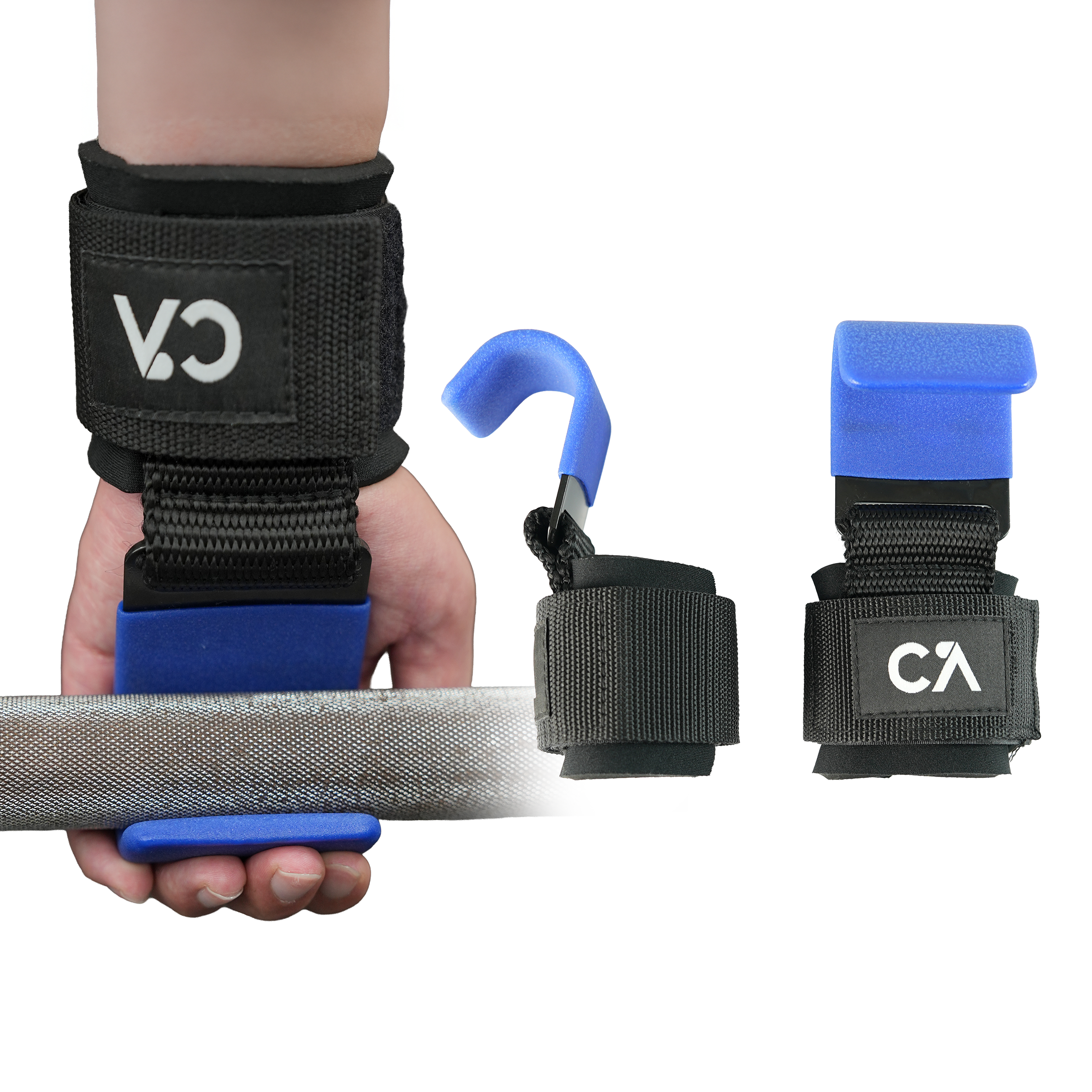
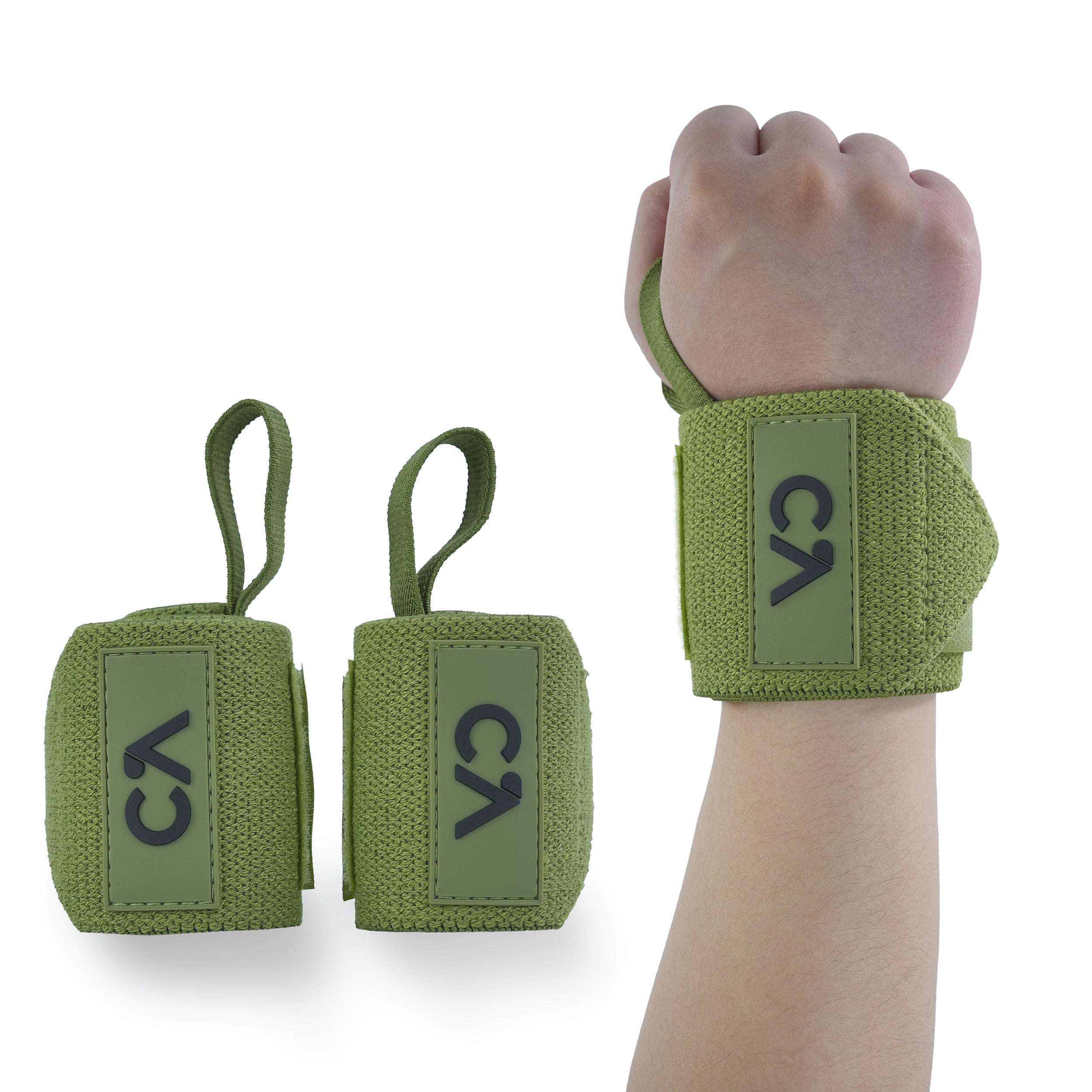
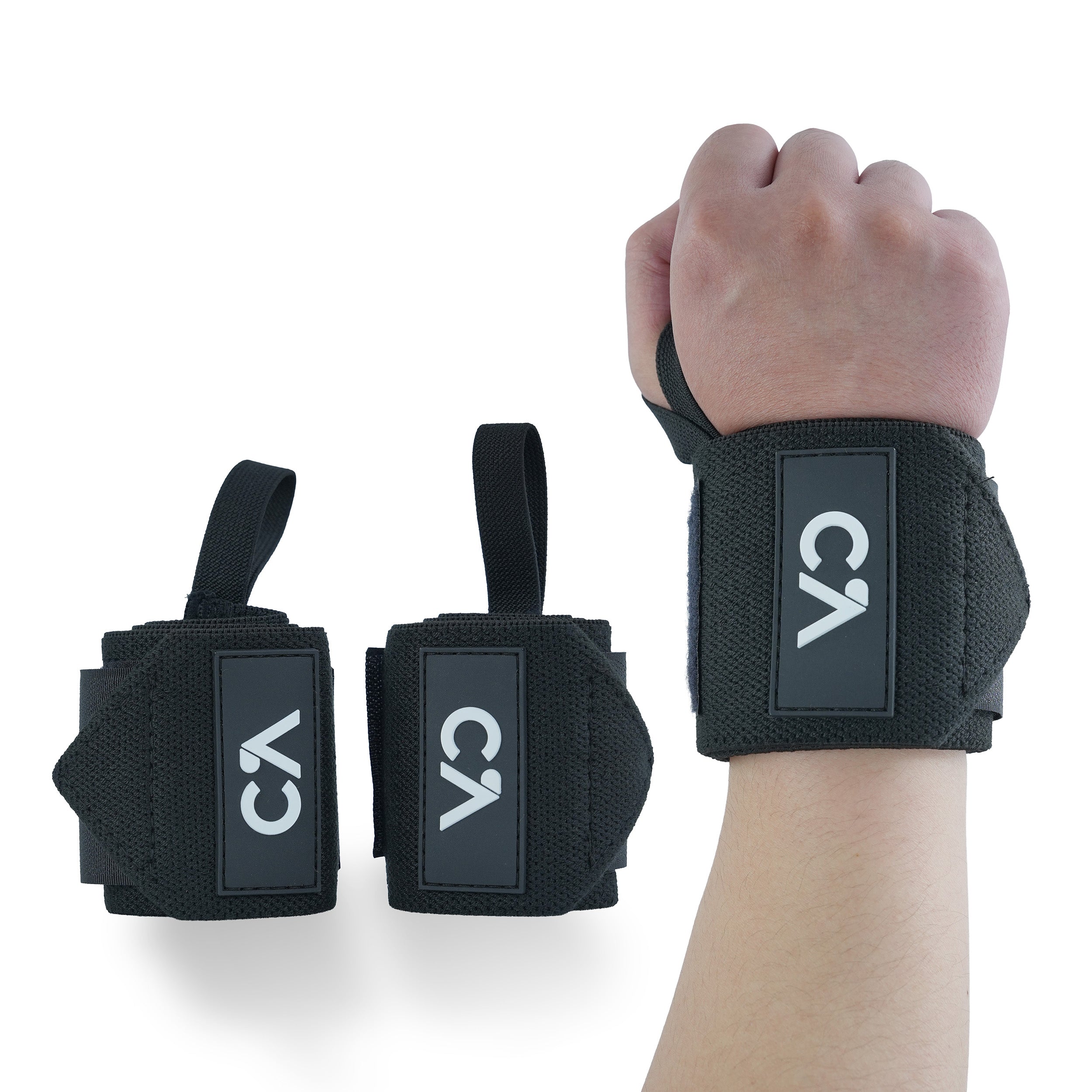
Leave a comment
All comments are moderated before being published.
This site is protected by hCaptcha and the hCaptcha Privacy Policy and Terms of Service apply.